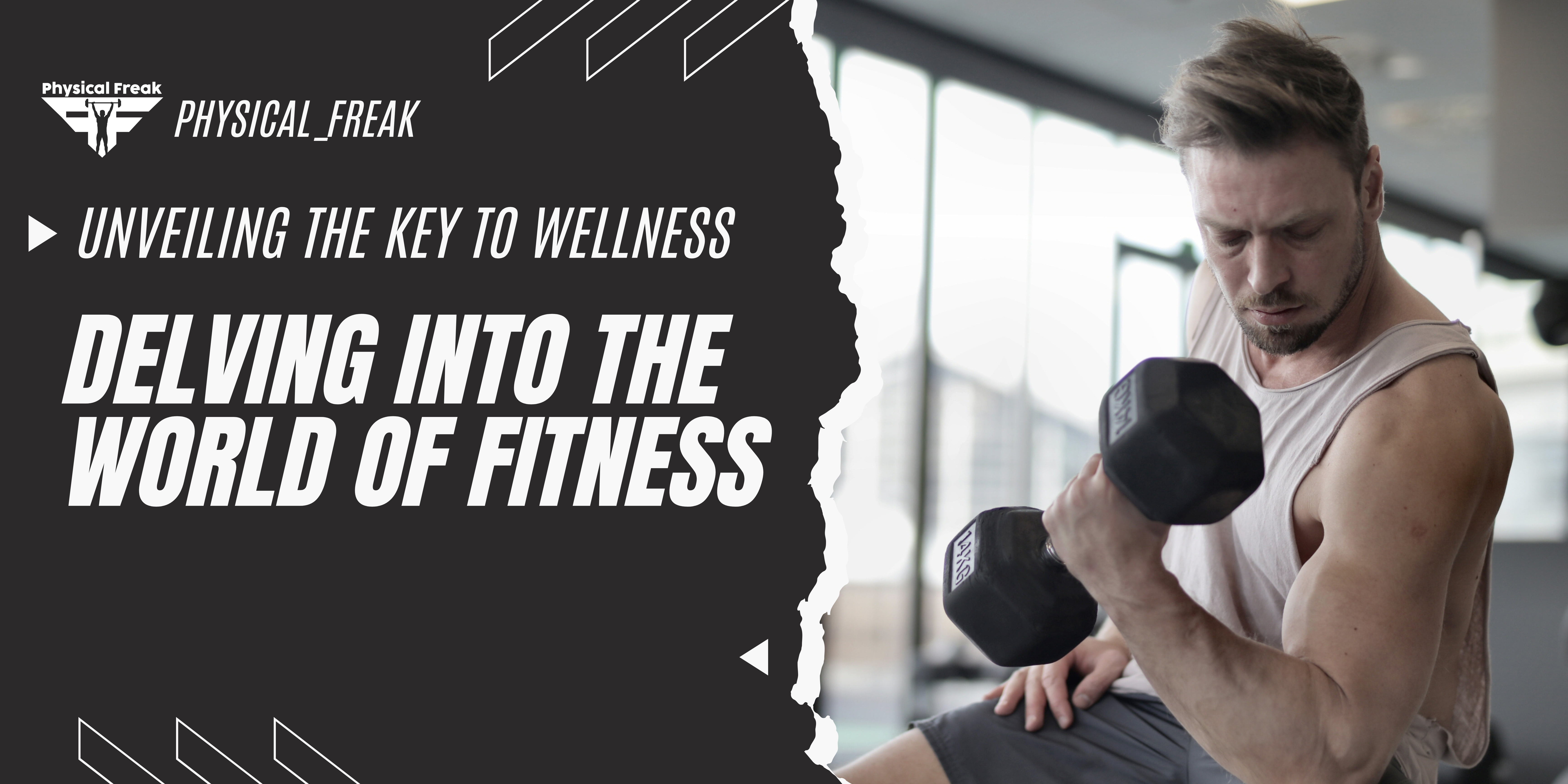What is Functional Fitness?
Functional fitness is a training approach that focuses on exercises that mimic real-life movements. It enhances strength training, mobility exercises, endurance, and flexibility to help you perform daily activities more efficiently. Unlike traditional bodybuilding, which isolates specific muscles, functional fitness improves overall body mechanics through functional workouts. The main goal of functional strength training is to train muscles to work together efficiently, reducing the risk of injuries and improving movement efficiency.
Benefits of Functional Fitness
- Improved Everyday Performance
Functional fitness enhances movements like lifting, bending, squatting, pushing, and pulling, making daily tasks easier. Functional training for everyday movements helps optimize these actions. - Injury Prevention
By improving mobility exercises and strength training, functional exercises reduce the risk of injuries, especially in joints and muscles. The combination of flexibility and functional strength ensures stability and longevity in physical activities. - Better Balance and Coordination
This type of functional workout strengthens stabilizing muscles, improving balance and coordination training, posture, and overall movement control. Athletes and older adults particularly benefit from these improvements. - Increased Strength and Flexibility
Functional workouts engage multiple muscle groups, improving overall strength training and flexibility. Unlike isolated muscle exercises, functional strength training promotes muscle synergy, which is essential for full-body movement. - Enhances Core Stability
Core muscles play a vital role in stability. Functional strength training activates the core, leading to better posture and reduced back pain. A strong core supports proper posture and spinal alignment, preventing lower back issues and improving overall athletic performance. - Enhances Cardiovascular Health
Many functional workouts incorporate aerobic movements that improve heart health and endurance. Exercises such as high-intensity interval training (HIIT) with bodyweight exercises keep the heart rate elevated, providing cardiovascular benefits along with strength gains. - Supports Weight Loss and Fat Burn
Since functional fitness engages multiple muscle groups simultaneously, it increases calorie burn and boosts metabolism. It is a great way to support weight loss while maintaining lean muscle mass.
Key Functional Fitness Exercises
1. Squats
Squats strengthen the legs, core, and lower back, making movements like sitting and standing easier. A great example of functional training for everyday movements.
How to Do It:
- Stand with feet shoulder-width apart.
- Lower your body as if sitting back into a chair.
- Keep your chest up and knees aligned.
- Push through your heels to return to standing.
2. Deadlifts
Deadlifts engage multiple muscle groups, improving strength training for lifting and carrying objects safely. They improve grip strength and train the body to move efficiently when handling weight.
How to Do It:
- Stand with feet hip-width apart, holding a barbell or dumbbells.
- Keep your back straight, bend at the hips, and lower the weights.
- Drive through your heels to return to standing.
3. Lunges
Lunges enhance leg strength, balance and coordination training, and core activation. They also help to correct muscle imbalances between the left and right leg.
How to Do It:
- Step forward with one foot and lower your body until both knees form a 90-degree angle.
- Push back up and switch legs.
4. Push-Ups
Push-ups strengthen the upper body and core stability, mimicking pushing movements in daily life. They can be modified based on skill level, making them accessible for beginners and challenging for advanced athletes.
How to Do It:
- Start in a plank position with hands under shoulders.
- Lower your body until your chest nearly touches the floor.
- Push back up to the starting position.
5. Planks
Planks improve core stability and functional strength training, essential for overall body support. Holding a plank for extended durations builds endurance and mental toughness.
How to Do It:
- Get into a forearm plank position.
- Keep your body in a straight line, engaging your core stability.
- Hold the position for 30-60 seconds.
6. Kettlebell Swings
Kettlebell swings are excellent for functional workouts that combine strength and cardio. They enhance hip power, posture, and endurance.
How to Do It:
- Stand with feet shoulder-width apart, holding a kettlebell.
- Swing it between your legs and drive it forward using your hips.
- Let the kettlebell swing back down and repeat.
How to Incorporate Functional Fitness into Your Routine
- Start with Bodyweight Exercises: Before adding weights, focus on mastering functional training for everyday movements.
- Use Compound Movements: Engage multiple muscle groups in a single exercise for better efficiency.
- Train with Equipment: Resistance bands, kettlebells, and medicine balls can add variety to your functional workout.
- Include HIIT Workouts: Combining functional exercises with high-intensity interval training (HIIT) improves endurance and calorie burn.
- Stay Consistent: Perform functional workouts at least 3-4 times a week for the best results.
Who Can Benefit from Functional Fitness?
- Beginners: Functional fitness is beginner-friendly and helps build a strong foundation.
- Athletes: It enhances sports performance by improving agility, power, and endurance.
- Seniors: Reduces the risk of falls and enhances mobility exercises for daily activities.
- Office Workers: Counteracts the negative effects of prolonged sitting and poor posture through functional strength training.
- Weight Loss Seekers: Since functional workouts burn a significant number of calories, they are beneficial for fat loss.
Conclusion
Functional fitness is a practical and effective way to train your body for real-world activities. It enhances strength training, flexibility, coordination, and balance, making daily movements easier and reducing the risk of injuries. Whether you’re an athlete or just looking to stay active, incorporating functional workouts and mobility exercises into your fitness routine can lead to a healthier, more functional body. Start implementing these functional exercises today to improve strength, flexibility, and endurance while minimizing the risk of injuries.




